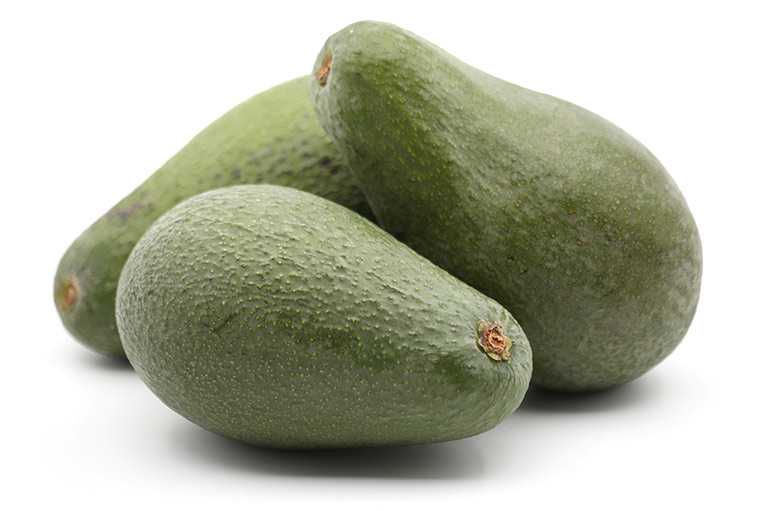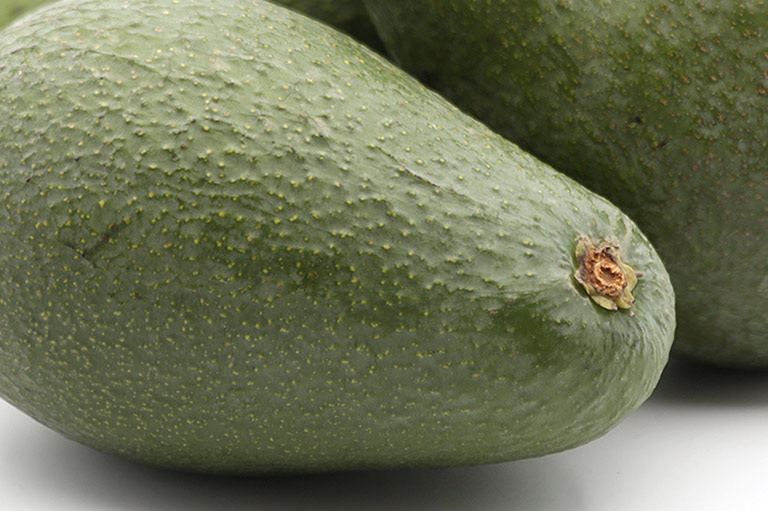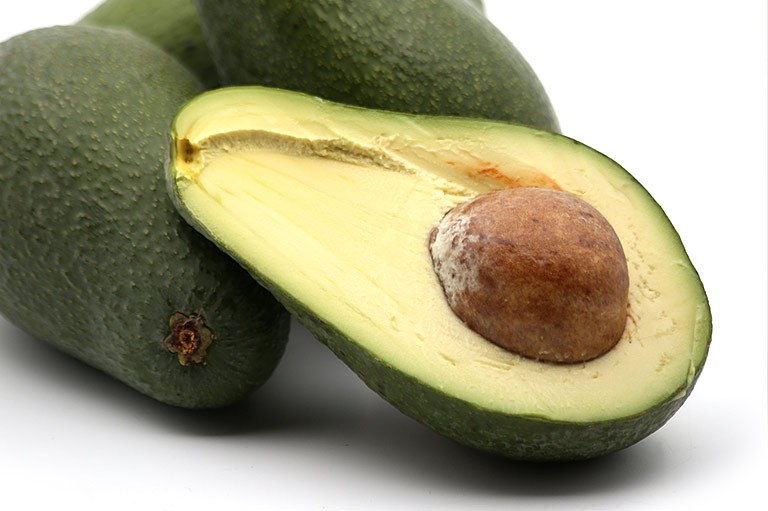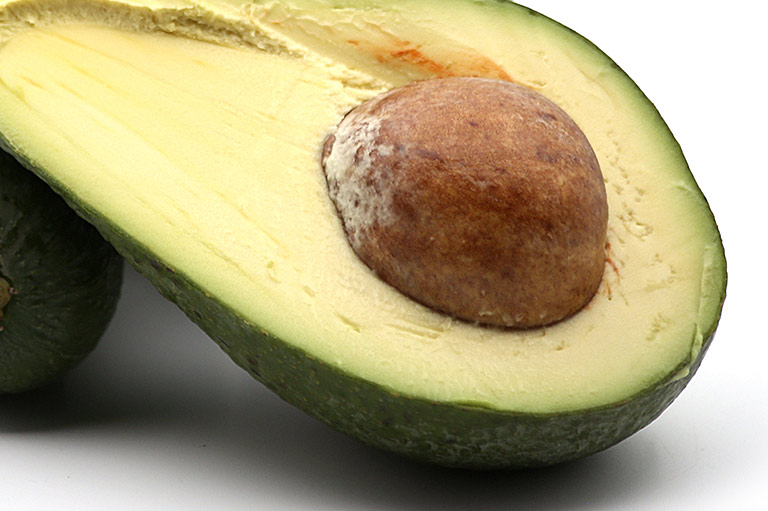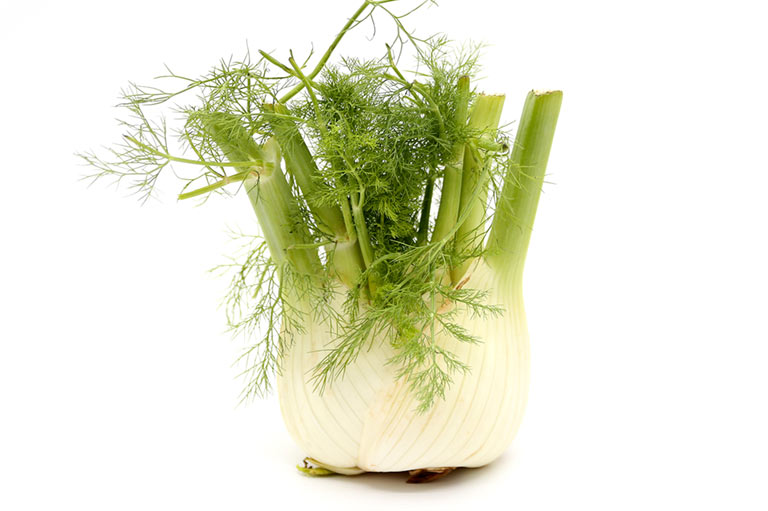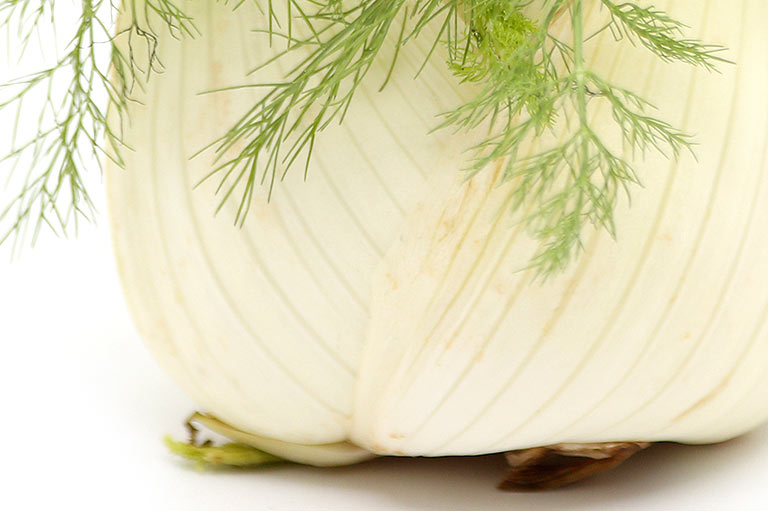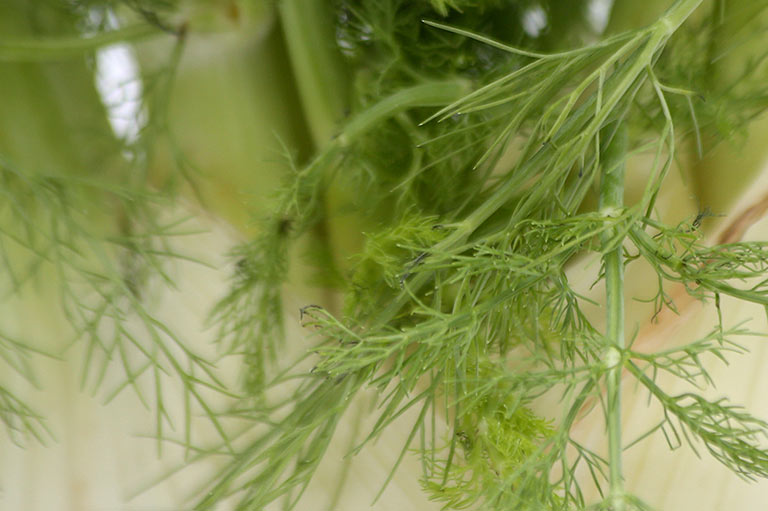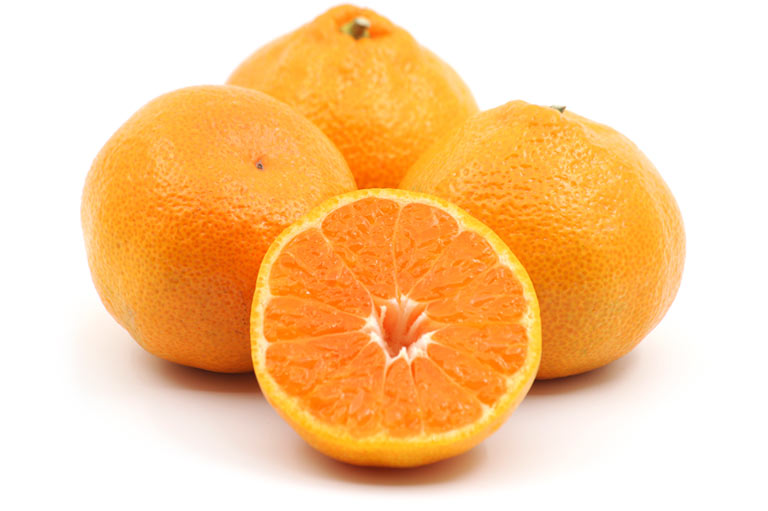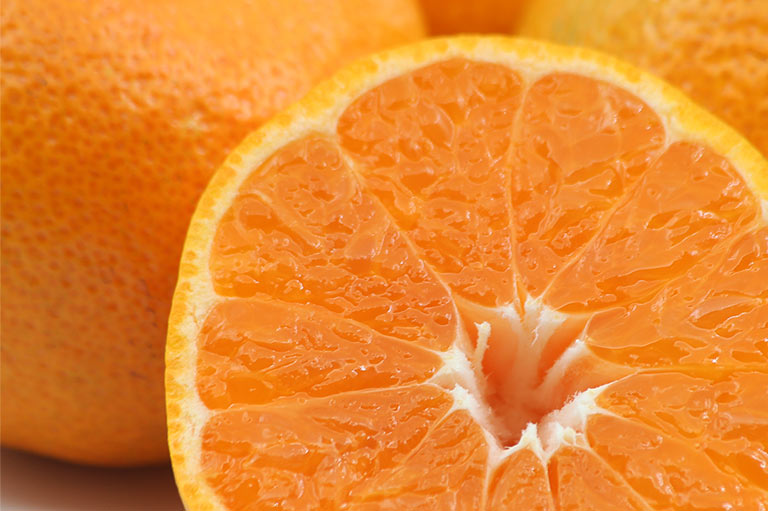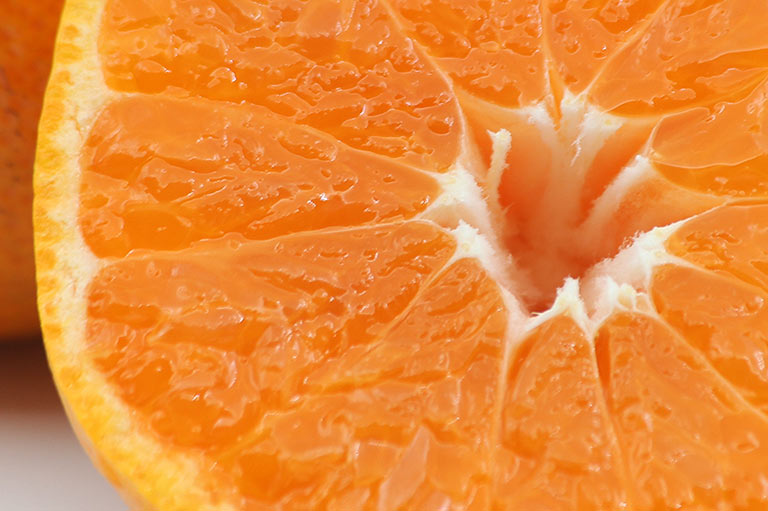November
NO CONTENT YET
NO CONTENT YET
Fuerte Avocado
Available October – January
Fuerte is the second most popular variety of commercial avocado, after Hass. It is considered the archetypal avocado; green in colour, pear-shaped and weighing from 250-300 grams. Compared to other varieties it has a softer skin that is easily peeled, and a dense, pale green pulp. Its flesh is slightly oily, with a rich, buttery flavour (it is sweeter than Haas) that carries notes of hazelnut. Fuerte is still considered by many to be the best-tasting avocado!
Avocado trees often fluctuate in their level of production, alternating a year of heavy fruiting with one of very little, and Fuerte has traditionally been one of the varieties that ‘swings’ most. While these variations are part of the natural cycle all avocado trees develop as they mature, factors such as the method of watering, changes in temperature or even the timing of picking ripe fruit can have an effect on the coming year’s yield.
Have you ever eaten a ‘cocktail avocado’? They taste the same as a regular avocado, but are a fruit where the seed inside fails to develop, keeping them smaller, narrower and appearing seedless when cut open. Fuerte is one of the most common varieties for producing these cocktail avocados, often growing on the same tree as regular, seeded ones.
Fennel
Available January – April
Wild fennel is a perennial plant and member of the carrot family, that during the summer months permeates the air with its intense aroma. It is native to Spain and the Mediterranean, but also grows wild in many other parts of the world. Fennel is considered an invasive species; if you look closely you’ll find it out in the countryside, on paths or next to roads.
Fennel is a versatile vegetable; all parts of the plant can be used in cooking. The bulb is a source of minerals like sodium, potassium and magnesium, is high in essential fatty acids, and can be eaten raw in salads or cooked as an accompaniment to both meat and fish. The stems add flavour to olives and pickles, and the tender leaves and fresh flowers can be used in making liqueurs. Dried, fennel seeds are used as a spice, giving an aniseed-like flavour to stews, pizzas and salads.
Fennel is also known for its benefits in aiding digestion. As well as the popular fennel tea, the Indian digestive aid mukhwas uses fennel alongside other aromatic seeds, nuts and oils to make a brightly coloured, sweet or savoury snack. This is used as a breath freshener after meals, and helps remove bacteria and plaque from the teeth.
Mandarin
Available September – April
The Mandarin is a citrus fruit similar to the orange; also orange in colour, but smaller in size. It has a more aromatic flavour than the orange, is easier to peel, and has slightly lower acidity and a higher proportion of sugars.
The mandarin is one of the three original citrus species, along with citron and pomelo. Generally considered native to the Nanling Mountain area of southern China, the first references to its cultivation date back to the 12th century BC – the name “mandarin” comes from its similarity to the bright orange colour worn by members of the Chinese imperial court. Its originally bitter taste was first sweetened by crossing with pomelo, and from there a huge number of further hybrids and crosses have been developed; oranges, satsumas, clementines, lemons, limes… the list goes on!
In traditional Chinese medicine the mandarin is known for its ability to reduce heat, regulate water, and resolve phlegm. They are a great source of vitamin C, contain high levels of antioxidants (which are converted to vitamin A in the body – and give them their orange colour), are a source of fibre that helps regulate blood pressure and reduces cholesterol, and include a range of other anti-inflammatory compounds.
